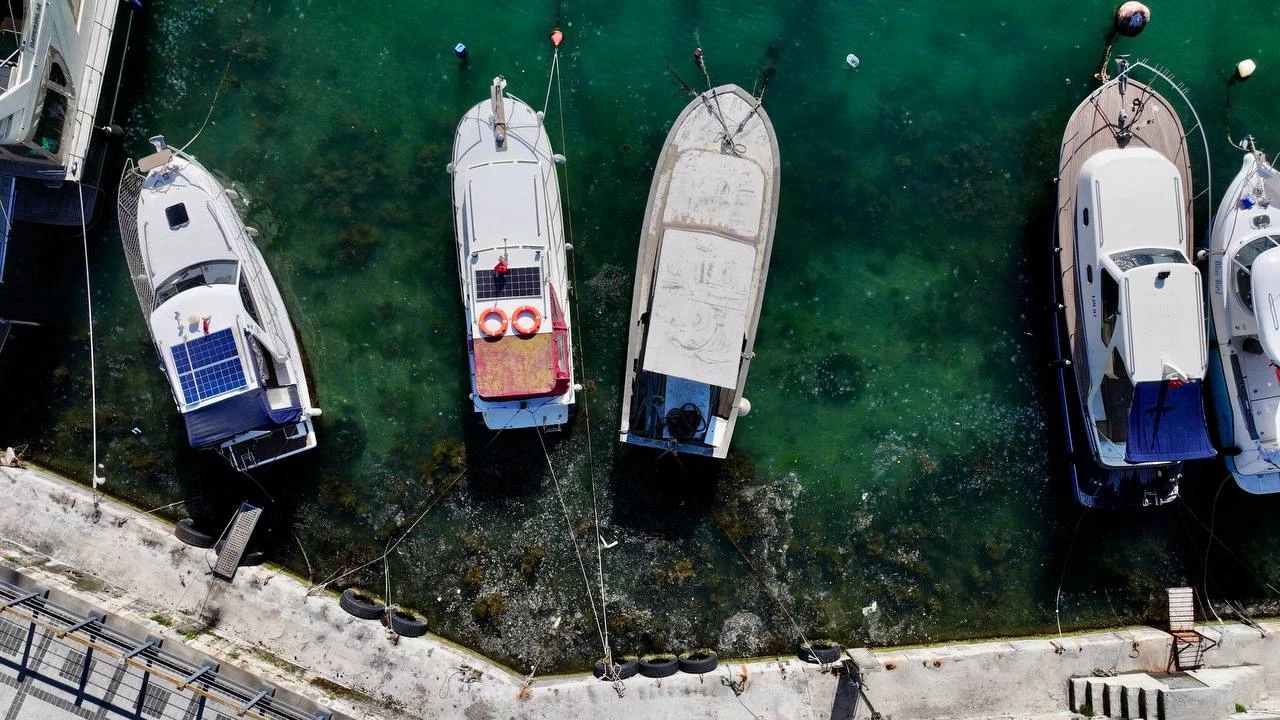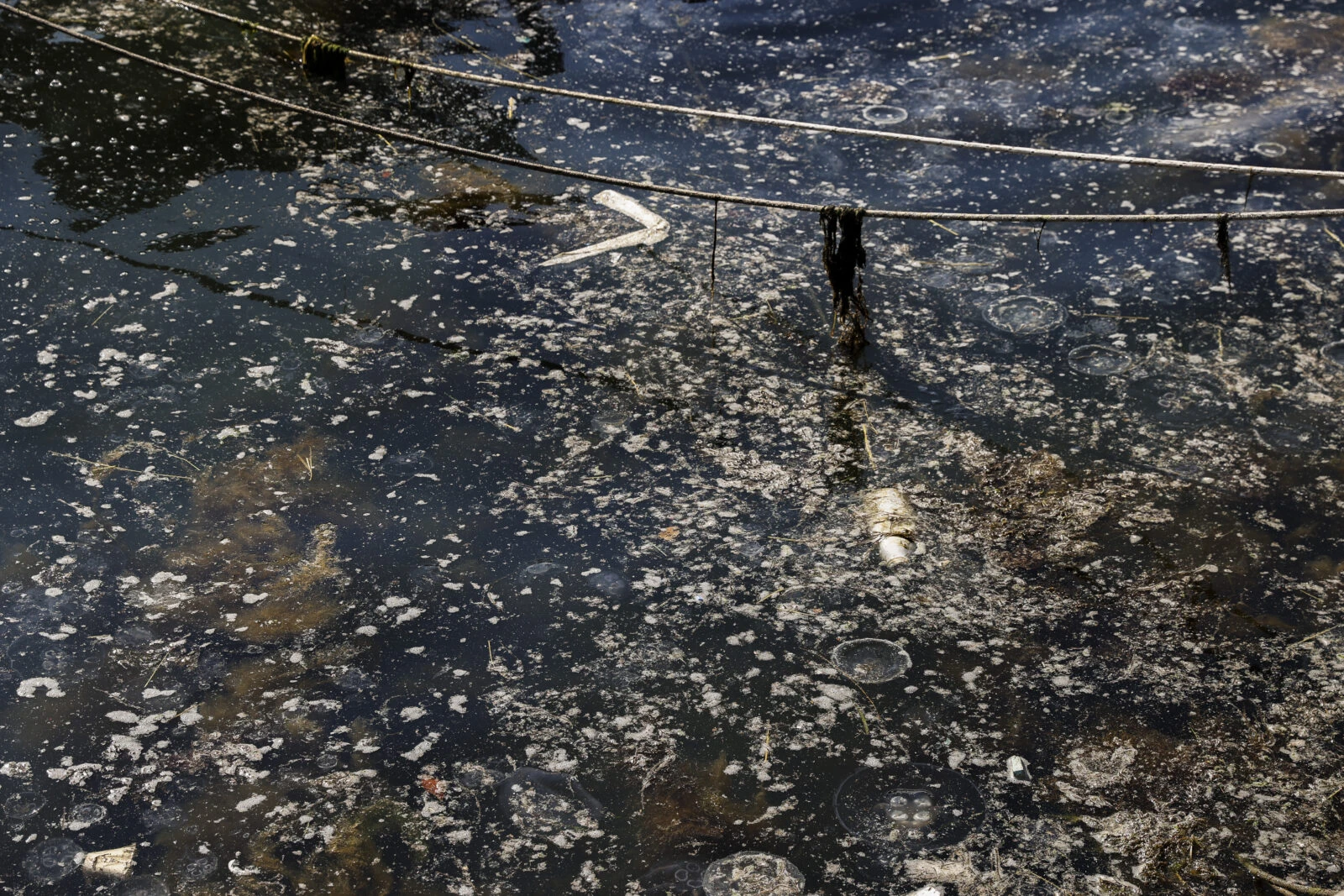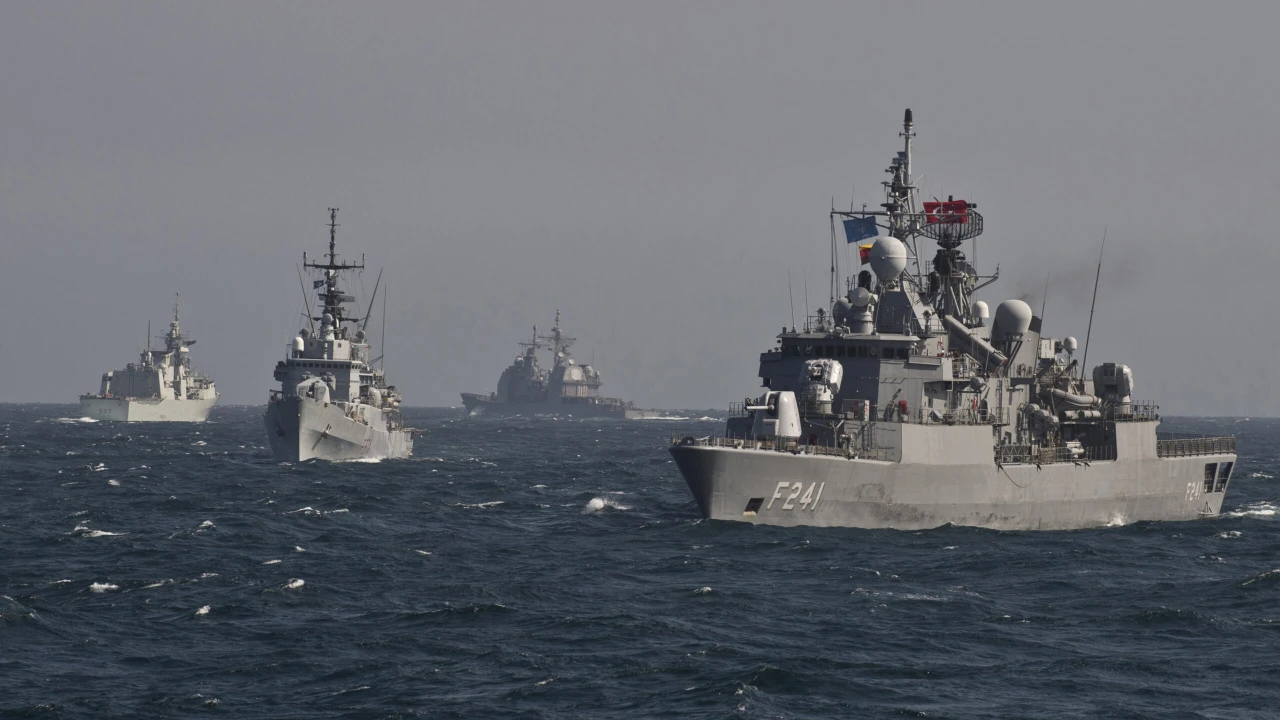Mucilage threat deepens in Marmara Sea as scientists warn of alarming accumulation
 Mucilage seen on the sea surface at Beykoz coast in Istanbul, Türkiye, April 13, 2025. (AA Photo)
Mucilage seen on the sea surface at Beykoz coast in Istanbul, Türkiye, April 13, 2025. (AA Photo)
A growing mucilage crisis is once again gripping the Marmara Sea, with scientists warning that the thick, slimy substance—commonly known as “sea snot”—is accumulating in alarming concentrations on the seabed.
Professor Yelda Aktan, a marine biology expert from Istanbul University‘s faculty of aquatic sciences, told the Anadolu Agency (AA) that mucilage has become a recurring issue over the last two decades. Recent underwater observations indicate a significant build-up of mucilage in deep waters, which is expected to rise to the surface over time.

Organic waste and warming seas behind the surge
According to Professor Aktan, the excessive proliferation and subsequent decomposition of single-celled phytoplankton are driving mucilage formation, especially when paired with increased organic matter and nutrient pollution.
“As the balance of the ecosystem is disrupted, certain species rapidly multiply,” she explained. “After they die, their decomposition—combined with bacterial activity—results in mucilage.”
The Marmara Sea, under intense pressure from industrial activities and human waste, is particularly vulnerable. Aktan emphasized that mucilage exists throughout the water column but becomes visible when it surfaces. “The entire sea is affected as long as waste discharge continues,” she warned.
Istanbul Strait holds up better thanks to dynamic waters
While mucilage has spread throughout Marmara, the Istanbul Strait (Bosphorus) has fared better due to its stronger currents and dynamic water systems. “In the Bosphorus, the ecosystem can recover faster,” noted Aktan. “The same mucilage-forming organisms exist there too, but they cannot accumulate in high quantities because of constant water movement.”
However, more stagnant areas, such as the Gulf of Izmit and near the Princes’ Islands (Adalar), remain hotspots due to restricted water circulation. These locations have seen the highest concentrations of mucilage in recent weeks.

Wastewater treatment systems ‘insufficient for Marmara’
Professor Aktan warned that the situation could worsen in the summer months, with rising temperatures accelerating mucilage growth. She underscored that without proper waste management, the problem will persist.
“Many correct decisions were made in the national action plan to combat mucilage,” she said. “But implementation and strict monitoring are crucial. Wastewater treatment plants in the Marmara Region are simply not sufficient.”
Aktan also pointed out that heavy rainfall in recent months has overwhelmed treatment facilities, leading to untreated wastewater entering the sea. “It’s not just about urban waste. Agricultural runoff and deep-sea discharge are also major contributors,” she added.

Ecological risks are rising as mucilage spreads across seasons
Traditionally, phytoplankton blooms were observed in spring and autumn. However, Aktan highlighted that the Marmara Sea now experiences such events year-round. “This persistence causes long-term damage to the entire marine ecosystem,” she warned.
Aktan stressed that one of the most urgent priorities for the Marmara Sea is the protection of natural marine habitats. “Once these habitats are destroyed, we see more frequent occurrences of mucilage and phenomena like red tides,” she said. “Most of the Marmara coastline has been turned into landfills, leaving no natural shoreline to support the sea’s self-cleaning processes.”



